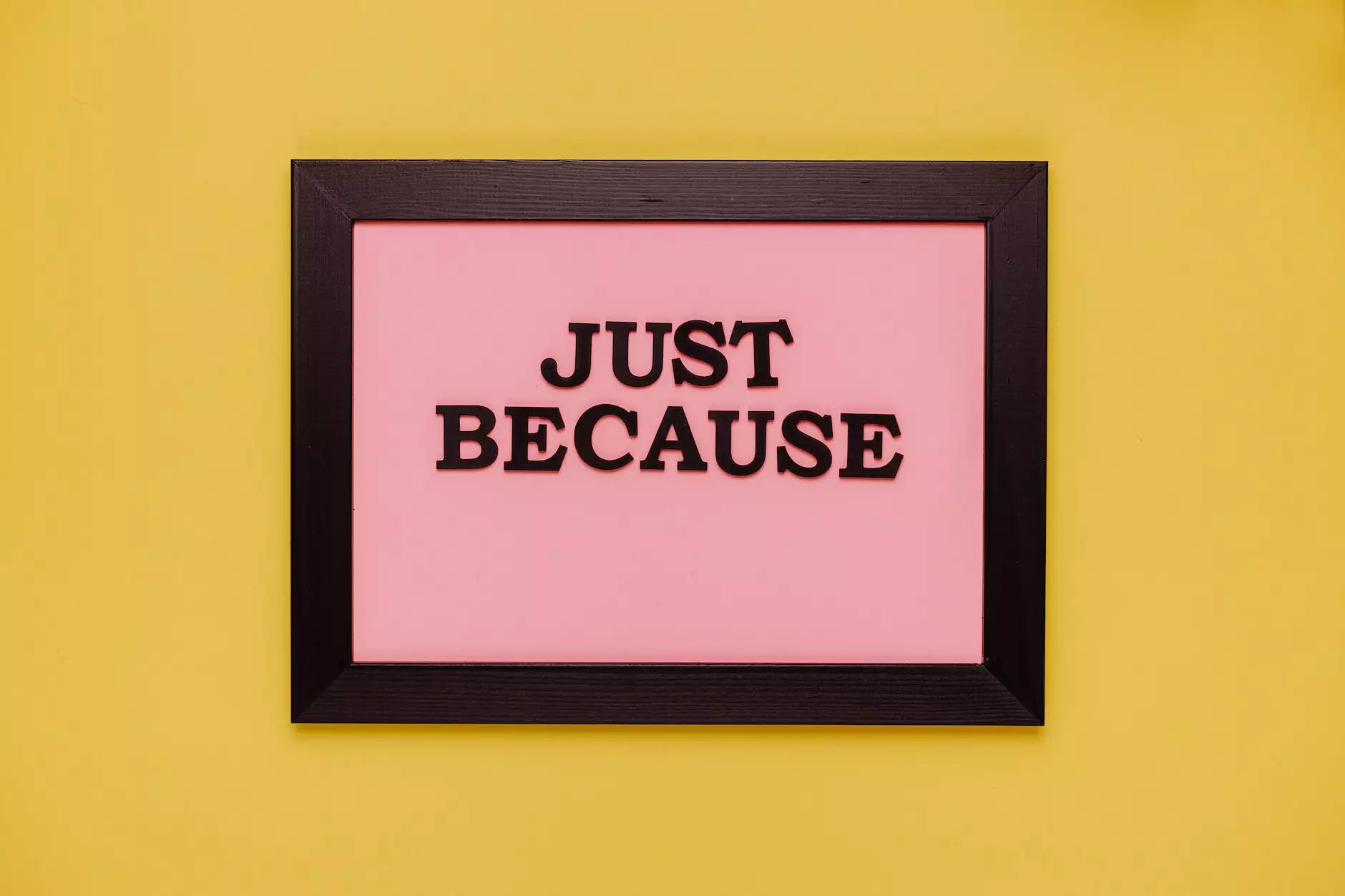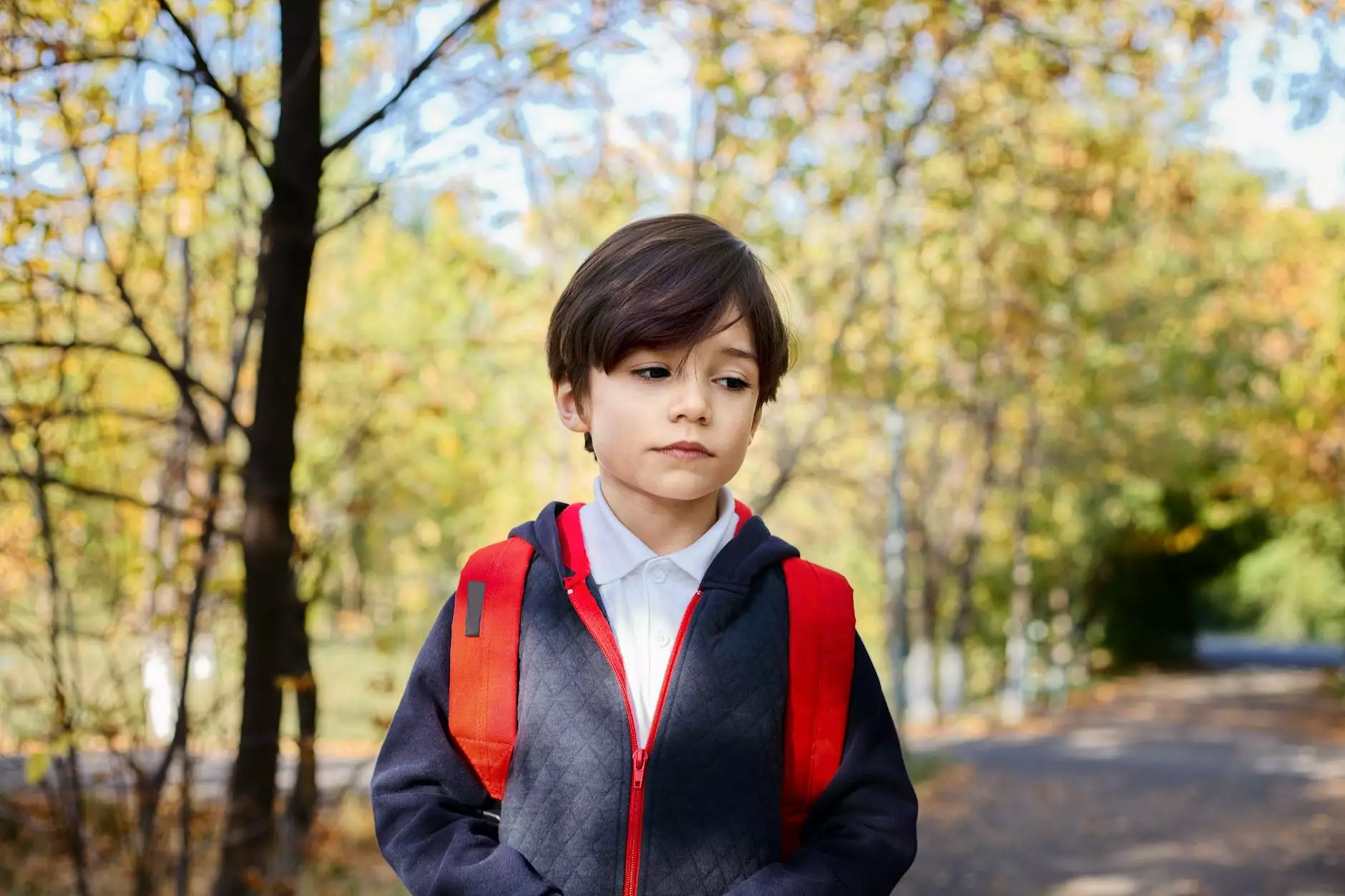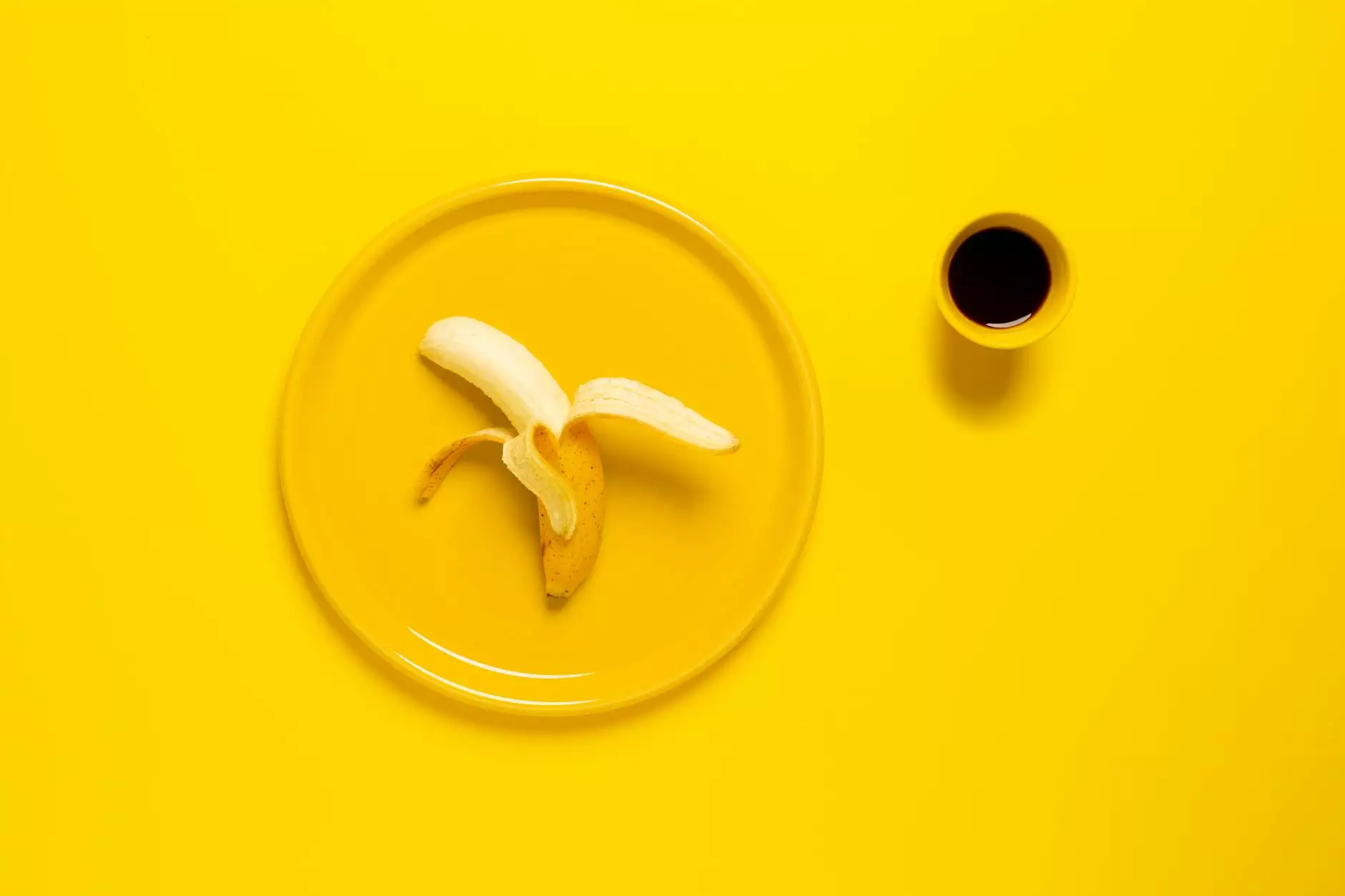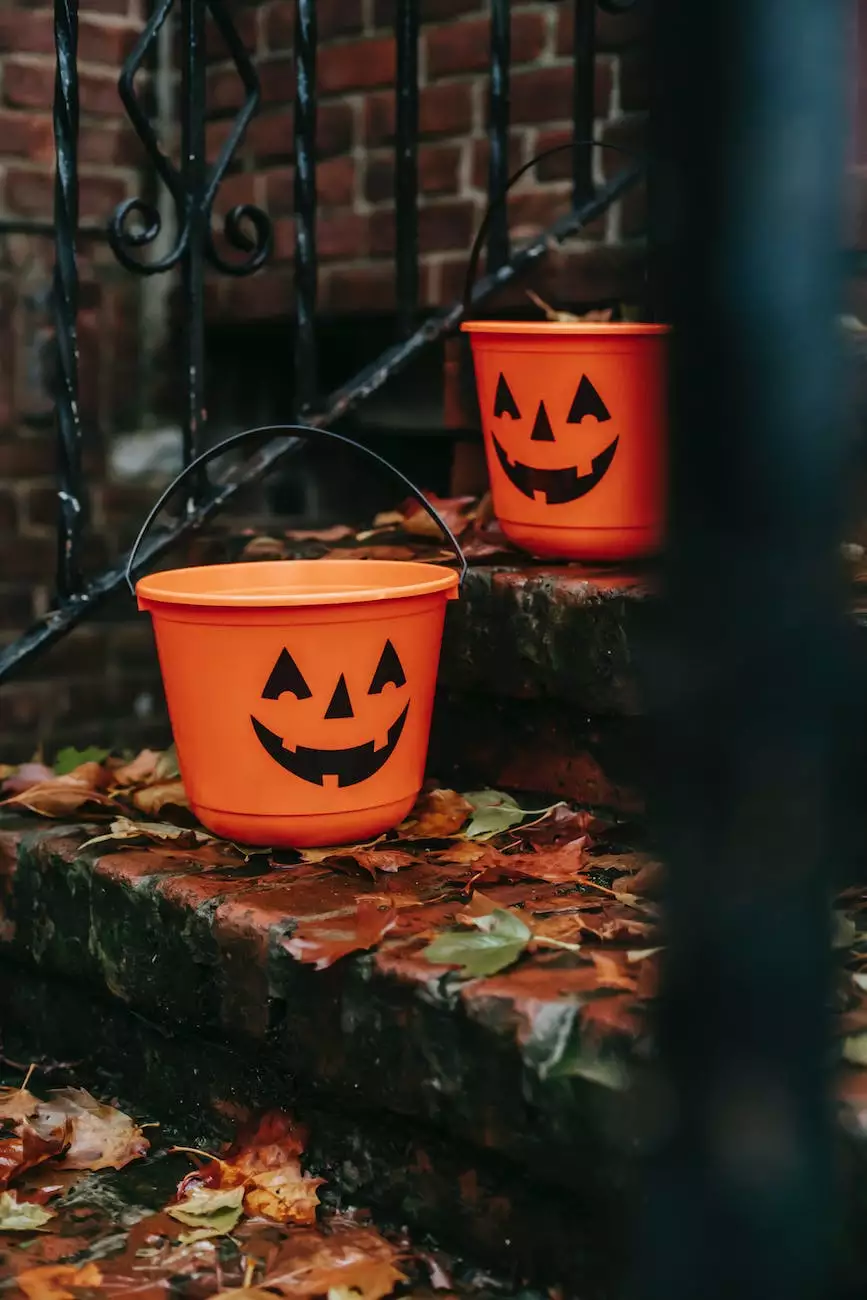Much and More – Modifying Comparative Adjectives One
English Grammar Lessons
Welcome to NJCLT's comprehensive grammar lesson on modifying comparative adjectives with "much" and "more"! In this lesson, we will delve into the intricacies of comparative structures, helping you gain a deeper understanding of how to use these modifiers effectively. Whether you're a beginner or a more advanced learner, this lesson will equip you with the knowledge and skills to improve your English language proficiency.
What are Comparative Adjectives?
Comparative adjectives are used to compare two or more things, expressing a higher or lower degree of a quality. They are commonly used in sentences to establish comparisons and highlight the differences between two or more items. For example, when comparing two cars, you might say that one car is more expensive than the other or that it has much better fuel efficiency.
Using 'Much' with Comparative Adjectives
The word 'much' is often used to modify comparative adjectives when the comparison involves a non-countable noun or an uncountable quantity. For example, instead of saying "This car is more fast," we say "This car is much faster." Here, 'much' intensifies the comparative adjective 'faster', expressing a significantly larger degree of speed.
Moreover, 'much' can also be used with adjectives that do not have a comparative form. For instance, instead of saying "This building is more unique," we say "This building is much more unique." In this example, 'much' adds emphasis and intensifies the adjective 'unique', making the building stand out even more.
Using 'More' with Comparative Adjectives
On the other hand, 'more' is used to modify comparative adjectives when the comparison involves a countable noun or a countable quantity. For instance, instead of saying "I have two dogs, but my friend has dogs," we say "I have two dogs, but my friend has more dogs." Here, 'more' emphasizes the comparison of the quantity of dogs and highlights the difference between the two situations.
Additionally, 'more' can be used with adjectives that already have a comparative form. For example, instead of saying "He is nicer than her," we say "He is more caring than her." In this case, 'more' intensifies the comparative adjective 'caring', emphasizing the level of kindness and demonstrating a higher degree of care.
Practice Exercises
To further solidify your understanding of modifying comparative adjectives with 'much' and 'more', let's practice some exercises together:
- She is _________ than her sister. (much / more)
- The weather today is _________ beautiful than yesterday. (much / more)
- This book is __________ interesting than the previous one. (much / more)
- My computer is _________ powerful than yours. (much / more)
- The birds in the park are __________ colorful than the ones in my neighborhood. (much / more)
Take your time to answer the questions and feel free to refer back to the lesson if needed. Once you're done, check your answers below:
- She is more than her sister.
- The weather today is more beautiful than yesterday.
- This book is more interesting than the previous one.
- My computer is more powerful than yours.
- The birds in the park are more colorful than the ones in my neighborhood.
Congratulations on completing the exercises! You have demonstrated your ability to apply the rules of modifying comparative adjectives using 'much' and 'more'. Keep practicing to strengthen your knowledge and become even more confident in English.
Conclusion
In conclusion, mastering the skill of modifying comparative adjectives with 'much' and 'more' will allow you to express comparisons with precision and accuracy. By using these modifiers effectively, you can convey the degree or quantity of a quality, adding depth and clarity to your English language communication.
We hope you found this grammar lesson informative and useful for your language learning journey. Remember to apply these concepts in your daily conversations and written work to enhance your English proficiency. Stay tuned for more comprehensive grammar lessons from NJCLT!










